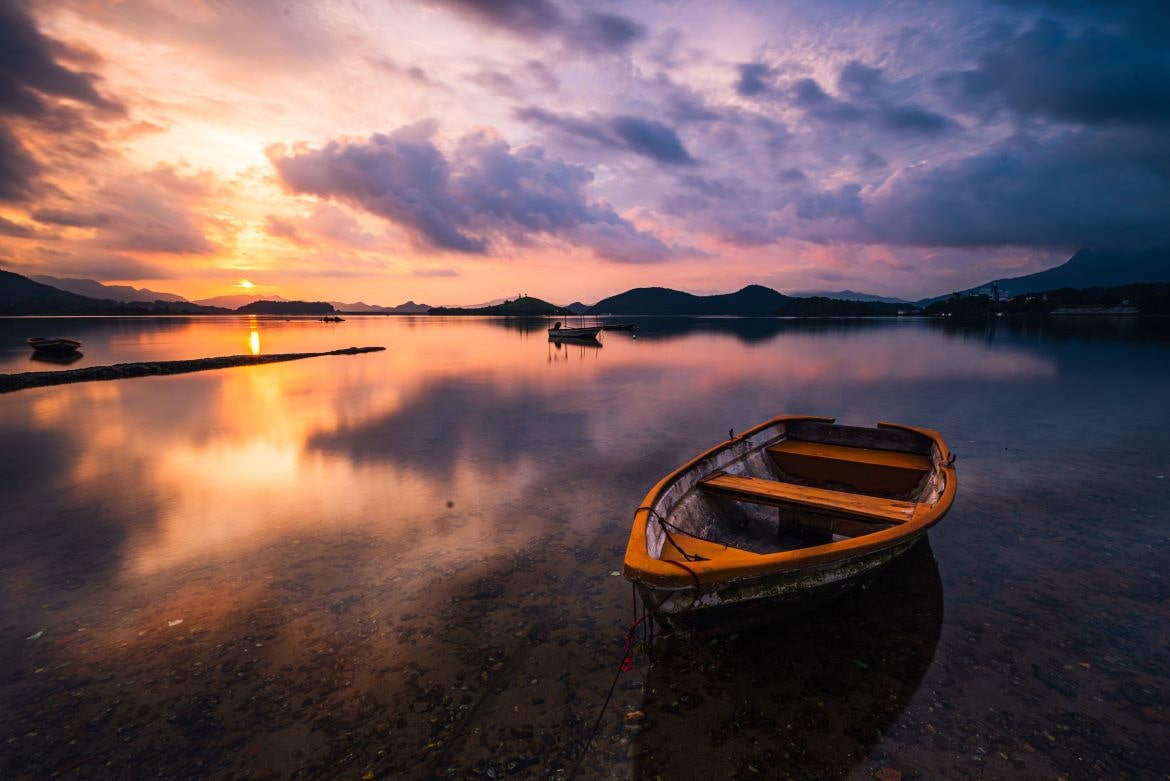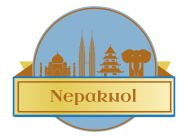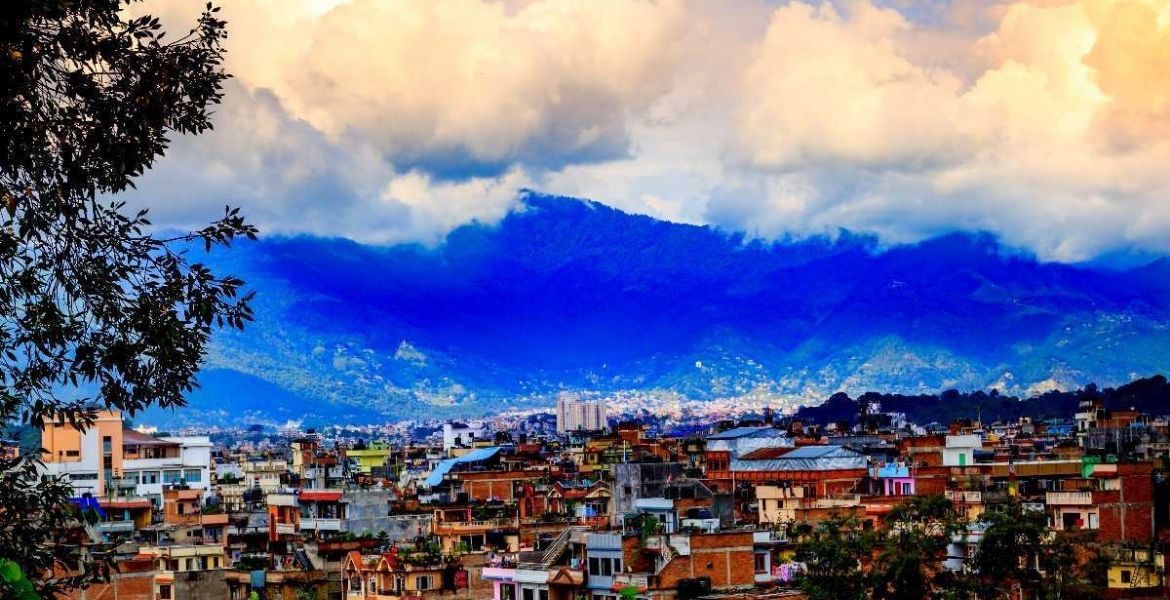Travel to Nepal: What to See in Kathmandu and Surroundings
A trip to Nepal in the Kathmandu valley always starts from its capital and its surroundings where a series of places and monuments are concentrated that allow you to fully enter the atmosphere of this fascinating and unforgettable country. Almost all the interesting places are located in the ancient historical center of Kathmandu and are concentrated mainly around the majestic Durbar Square. Thamel, on the other hand, is the tourist district, where the largest number of budget and mid-range hotels are concentrated.
The things to see in and around Kathmandu are all extremely complex from a cultural and religious point of view and require adequate time to visit them. To be sure to have a nice trip, we recommend two essential things before leaving: reading a few books on the culture and religions of Nepal to leave prepared and take out travel insurance to leave peacefully.
Many things to see in Kathmandu are concentrated in the historic center, while for some it is necessary to move around with a means of transport. These are the ones we have seen and that we absolutely recommend you to see.
The Square-Palace
Durbar Square is the square where once the kings who ruled from Kathmandu were crowned and legitimized. Durbar means “palace”: as such, the square is the historic heart of the old city and the place where Kathmandu’s most spectacular traditional buildings are concentrated. Although most of the square dates back to the seventeenth and eighteenth centuries, although many buildings are older, there are numerous interventions made following the great earthquake of 1934. In 1979 the entire square was declared a World Heritage Site by Unesco and tourists have to pay for a ticket to access it.
The Durbar Square area is actually made up of three interconnected squares. To the south opens Basantapur Square, once a royal stable for elephants and today full of souvenir stalls: from this square begins Freak Street. The main area of Durbar Square, the one with the temples, is to the west. To the north-east develops the second part of Durbar Square, where the entrance to the Hanuman Dhoka and other temples is located. Makhan Tole stretches north-east from this open space, once the main city artery and still perhaps the most interesting street in the city. The nine-tiered plinth of the Maju Devalit is one of the most popular meeting places in the city. From here you can observe the incessant activity of fruit and vegetable peddlers, the comings and goings of taxis and rickshaws, the siege of tourists by flute and souvenir sellers. The large temple with three roofs, whose struts are decorated with erotic carvings, offers a magnificent view of the square and the roofs of the capital. The temple dates back to 1690 and inside is the phallic symbol of Shiva.
Swyambhnunath – the Monkey Temple
On top of a hill west of Kathmandu is the marvelous Buddhist temple of Swyambhnunath, known as the “monkey temple”, even if in reality the name means “it arose by itself” and derives from the legend that the Kathmandu valley in past a lake from whose waters one day emerged the hill today surmounted by this temple. Unesco World Heritage Site, the temple houses a chaotic mix of Buddhist and Hindu iconographic elements. In the center of the complex is a gleaming white stupa, topped by a gilded spire on which the eyes of the Buddha are painted.
Ancient sculptures crammed into every square centimeter of available space, the penetrating smell of incense and butter candles make a visit to this place unforgettable. This is also a perfect place to admire Kathmandu from above. Of the two ways to access the temple, the most striking one is the stone staircase used by pilgrims that climbs up the eastern side of the hill and is often overrun with macaques. Towards the top of the staircase the steps are lined with pairs of Garuda, lions, elephants, horses and peacocks. It is also possible to enter and briefly observe the monks’ prayer rites.

Pashupatinath – The Sacred Place of Cremations
Near the Ring Road, along the banks of the sacred Bagmati River, is Pashupatinath, the most important Hindu temple in Nepal. Surrounded by the hustle and bustle of stalls selling incense, beads, shells, god images, multicolored tika powder, glass lingam and many other religious objects, Pashupatinath doesn’t look very sacred at first glance, located a short distance from the airport and along a particularly polluted stretch of the river. From a religious point of view, however, it is a pivotal place for Hindu spirituality. Shiva is celebrated here as Pashupati, the peaceful lord of animals. There are many monkeys and cows that roam this area.
In spite of the garbage and pollution that disfigures it, the stinking Bagmati is a sacred river and Pashupatinath is the Nepalese equivalent of Varanasi. The ghats along the Bagmati are used for cremations. The bodies are wrapped in veils and laid on the river bank, then they are cremated on a wooden pyre, often very quickly, one after the other. It is a place with a great emotional charge to meditate on the meaning of death. Be respectful when using your camera around ghats where cremations take place with grieving relatives and the pyres on which the bodies burn. On the ghats located just below the terraces, the faithful dedicate themselves to ritual ablutions by immersing themselves in the uninviting waters of the Bagmati, while the holy men perform their ceremonials on the stone steps and the children try to retrieve coins from the murky waters of the river using a magnet hanging from a lanyard or even with your bare hands.
Non-Hindu visitors are not allowed to enter the main temple, but the ensemble of nearby Shivaite shrines, lingams and ghats is still a fascinating and very picturesque complex. Around the buildings there are groups of sadhus who, in the hope of making up a few rupees, lend themselves to being photographed. At the northern end of the ghats are several yogi caves which were used as shelters in medieval times. Many views open from the upper part of the terraces overlooking the eastern bank of the Bagmati and many other smaller temples have been built in this area.
Boudhanath – The Largest Stupa
Every morning thousands of pilgrims gather around Boudhnnath, the largest stupa in all of Asia to make the ritual tour of the dome, under the watchful and penetrating eyes of the Buddha with the golden central tower. The narrow streets are festooned with prayer flags, while pilgrims spin prayer wheels and buy yak butter and tsampa, roasted barley flour. This is one of the few places in the world where Tibetan Buddhist culture can manifest itself without restrictions.
Historically, the stupa was an important post office along the caravan route between Lasha and Kathmandu, and Tibetan merchants prayed here to propitiate the journey before setting off in their yaks for the high-altitude passes of the Himalayas. Today, the Tibetans living in Boudha village are mostly refugees who fled China in 1959, but the stupa also attracts many Sherpas, descendants of Tibetan tribal peoples who migrated to Nepal in the 16th century. Many of the monasteries near the stupa have opened their doors to foreign students.
Around the base of the stupa are 108 small sculptures of Dhyani Buddha Amitabha (in Tibetan culture 108 is a propitious number) and a series of 147 niches, each containing four or five prayer wheels. To go up to the base you have to go to the entrance at the northern end of the stupa, next to a small shrine dedicated to Hariti, the goddess of smallpox. The base offers a raised observation point on the movements of the mass of pilgrims around the stupa. From here you can see the faithful prostrating themselves on the ground in the courtyard on the east side of the complex. Around the stupa there are many shops and restaurants, as well as schools and craft workshops of artists who paint mandalas.
Kopan Monastery – The School of Lamas
Located at top of the north hill of Bodhnnath, Kopan Monastery was founded by Lama Thubten Yeshe, whose death in 1984 led to the worldwide search for his reincarnation, which was found in a Spanish child, Osel Hita Torres.
The story of this child inspired Bernardo Bertolucci ‘s 1993 film Little Buddha. The lama no longer resides in Kopan, but visitors are allowed to explore the monastery and many go there to study Buddhist psychology and philosophy. Kopan is perhaps the best place in the Himalayan region to learn the basics of Tibetan meditation and Buddhism.
From the monastery you can enjoy a beautiful view of the valley and here it is very original to watch the monks leave the temple: arranged in two long lines, they collect the money offered by the faithful.
After this dive in Kathmandu and its surroundings you will probably want to visit other places in this beautiful valley as well.

